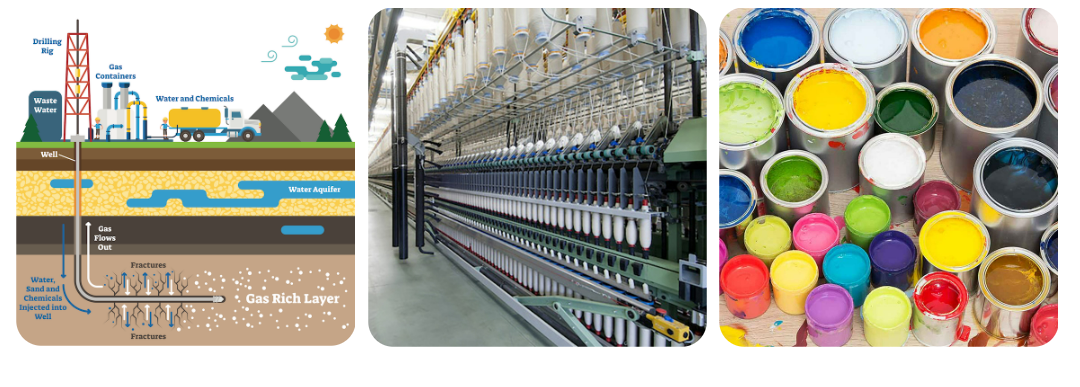
Nov . 24, 2024 12:47 Back to list
hpmc cellulose
The Versatile Applications of HPMC Cellulose
Hydroxypropyl methylcellulose (HPMC) is a non-ionic, water-soluble polymer derived from natural cellulose. It is extensively utilized in various industries, including pharmaceuticals, food, construction, and cosmetics, owing to its unique properties and functional versatility. HPMC is synthesized through the modification of cellulose, allowing it to exhibit improved solubility and stability when compared to its parent compound. This article explores the applications and benefits of HPMC cellulose across different sectors.
Pharmaceutical Applications
In the pharmaceutical industry, HPMC is widely used as a pharmaceutical excipient. Its ability to form gels and control the release rate of active ingredients makes it an ideal candidate for sustained and controlled-release formulations. HPMC can enhance the bioavailability of poorly soluble drugs by facilitating better dispersion and solubilization. Moreover, it is employed as a thickening agent in various medicinal formulations, such as eye drops and oral solutions.
HPMC is also critical in the development of film coatings for tablets and capsules. The polymer provides a protective barrier against moisture and oxygen, enhancing the stability and shelf life of the product. Additionally, it contributes to the aesthetic quality of the dosage forms, offering a smooth and professional finish that can improve patient compliance.
Food Industry Uses
In the food sector, HPMC acts as a food additive and is recognized for its emulsifying, thickening, and stabilizing properties. It is commonly used in gluten-free products as a binding agent to improve texture and enhance moisture retention. Given the rising demand for gluten-free and clean-label products, HPMC's role in food formulation is becoming increasingly significant.
HPMC is also utilized in the production of low-fat and reduced-calorie food items. It helps to mimic the mouthfeel of fat without adding extra calories, making it a valuable ingredient in the formulation of sauces, dressings, and dairy products. In addition, it serves to improve the texture of frozen foods and baked goods by preventing ice crystal formation and maintaining product stability.
Construction Industry
hpmc cellulose

In construction, HPMC is a crucial ingredient in dry mortar formulations, such as tile adhesives, plaster, and joint compounds. It enhances water retention, workability, and adhesion properties, allowing for better application and performance of the construction materials. The versatile nature of HPMC contributes to improved performance characteristics, such as flexibility, reduced cracking, and increased strength.
Furthermore, HPMC can improve the open time of tile adhesives, allowing for adjustments during application without compromising the product's performance. Its ability to create a consistent texture makes it easier for contractors to work with, ensuring high-quality finishes and durable installations.
Cosmetic and Personal Care
HPMC is widely used in the cosmetic and personal care industry due to its thickening and stabilizing properties. It is found in a variety of formulations, including lotions, creams, and shampoos. By controlling viscosity and preventing separation of ingredients, HPMC contributes to the stability and overall performance of cosmetic products.
Additionally, HPMC is valued for its ability to provide a smooth and silky feel upon application. This sensory attribute enhances user experience, making it a popular choice in skincare formulations aimed at providing hydration and nourishment.
Environmental Considerations
As a derivative of natural cellulose, HPMC is biodegradable and considered environmentally friendly compared to synthetic polymers. This characteristic aligns with the growing trend towards sustainability in product formulation across various industries. The demand for natural and eco-friendly ingredients is continually increasing, and HPMC stands out as a suitable option for manufacturers looking to meet these changing consumer preferences.
Conclusion
The applications of HPMC cellulose are diverse, spanning numerous industries and offering a range of functional benefits. Its unique properties make it an invaluable ingredient in pharmaceuticals, food products, construction materials, and cosmetics. As industries move towards sustainability and clean-label formulations, the role of HPMC is poised to grow, reinforcing its status as a versatile and essential component in modern product development. Whether enhancing the efficacy of a drug, improving the texture of food, or ensuring the durability of construction materials, HPMC cellulose remains an integral part of innovative solutions across various fields.
-
Versatile Hpmc Uses in Different Industries
NewsJun.19,2025
-
Redispersible Powder's Role in Enhancing Durability of Construction Products
NewsJun.19,2025
-
Hydroxyethyl Cellulose Applications Driving Green Industrial Processes
NewsJun.19,2025
-
Exploring Different Redispersible Polymer Powder
NewsJun.19,2025
-
Choosing the Right Mortar Bonding Agent
NewsJun.19,2025
-
Applications and Significance of China Hpmc in Modern Industries
NewsJun.19,2025







